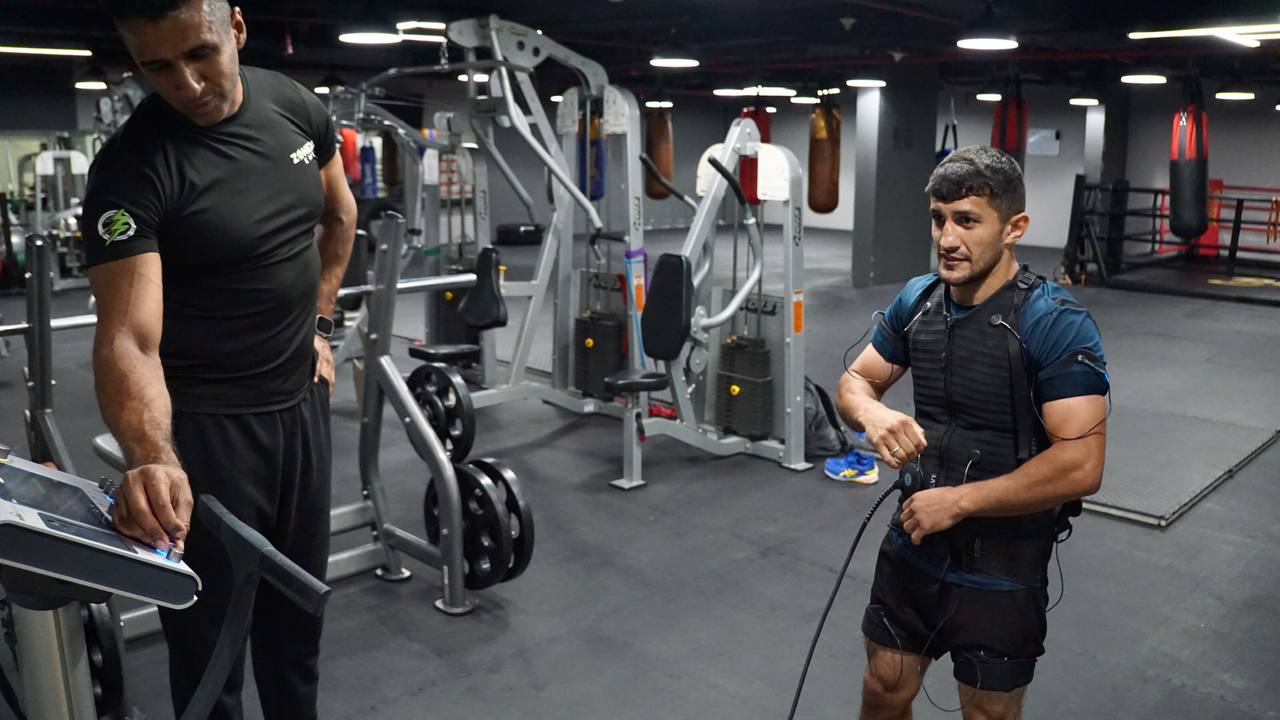What Are Muscle Fibers?
Muscles are made up of bundles of muscle fibers, and these fibers come in two main types:
- Type I (Slow-Twitch Fibers)
- Type II (Fast-Twitch Fibers)
Each plays a unique role in how your body performs during exercise, sports, and everyday movements. Whether you’re a fighter, athlete, or fitness enthusiast, understanding and training these fibers is the key to unlocking your full performance potential.
What Are Slow-Twitch (Type I) Muscle Fibers?
Slow-twitch fibers are built for endurance. They contract more slowly but can sustain activity for longer periods. These are the fibers you rely on during:
- Long-distance running
- Steady-state cardio
- Light resistance exercises
- Repetitive movements like shadowboxing
Benefits of Slow-Twitch Activation:
- Fatigue-resistant
- Excellent for improving posture and cardiovascular health
- Burn fat efficiently using oxygen
“If you’re doing a long hours Muay Thai trainings or jogging 10K — you’re mainly using slow-twitch fibers.”
What Are Fast-Twitch (Type II) Muscle Fibers?
Fast-twitch fibers are all about power, speed, and explosive force. They fire quickly but fatigue faster than slow-twitch fibers.
You use these fibers during:
- Sprinting
- Jumping
- Heavy strength training
- Explosive strikes in boxing or Muay Thai
- Plyometrics and power-based lifts
Benefits of Fast-Twitch Activation:
- Increases explosiveness and speed
- Enhances muscle size (hypertrophy)
- Crucial for knockout power and rapid agility movements
Comparative Table: Slow-Twitch vs. Fast-Twitch Muscle Fibers
| Feature | Slow-Twitch (Type I) | Fast-Twitch (Type II) |
|---|---|---|
| Contraction Speed | Slow | Fast |
| Energy Source | Aerobic (uses oxygen) | Anaerobic (no oxygen) |
| Fatigue Resistance | High | Low |
| Best For | Endurance, stamina | Strength, power, explosiveness |
| Color (under microscope) | Red (more blood supply) | White (less blood supply) |
| Muscle Growth Potential | Moderate | High (greater hypertrophy) |
| Activities Example | Jogging, Muay Thai rounds | Sprinting, heavy punching, lifting |
Why You Need to Train Both Fiber Types
The best athletes — especially fighters — train both:
- Slow-twitch for long sparring rounds, footwork, and cardio
- Fast-twitch for knockout punches, explosive kicks, and takedown power
Relying on one type only leads to imbalanced performance and increased injury risk.
How EMS Activates Both Fiber Types
Traditional gym training often misses deep muscle groups, and it’s hard to fully activate both fiber types in a short session. That’s where EMS (Electrical Muscle Stimulation) comes in.
Here’s how EMS training boosts both:
✅ Fast-twitch activation via short bursts of electrical impulses
✅ Slow-twitch activation through longer, sustained contractions
✅ Deep muscle engagement not reached in typical workouts
✅ Custom settings to target power, recovery, or endurance modes
How to Train Each Muscle Fiber Type
| Goal | Fiber Type Focus | Recommended Training |
|---|---|---|
| Explosiveness, power | Fast-twitch (Type II) | Heavy weights, sprints, EMS explosive mode |
| Endurance, stamina | Slow-twitch (Type I) | High reps, cardio, EMS endurance mode |
| Functional athleticism | Both | EMS + sport-specific drills, hybrid Muay Thai conditioning |
Takeaway: Smarter Muscle Training = Better Performance
Training both fast- and slow-twitch muscle fibers ensures:
- Explosive speed
- Sustainable energy
- Balanced muscle development
- Reduced risk of injury
- Elite-level athletic performance
Whether you’re training for a fight, looking to get lean and powerful, or just want to maximize your 20-minute EMS session, understanding your muscle fibers is step one.



